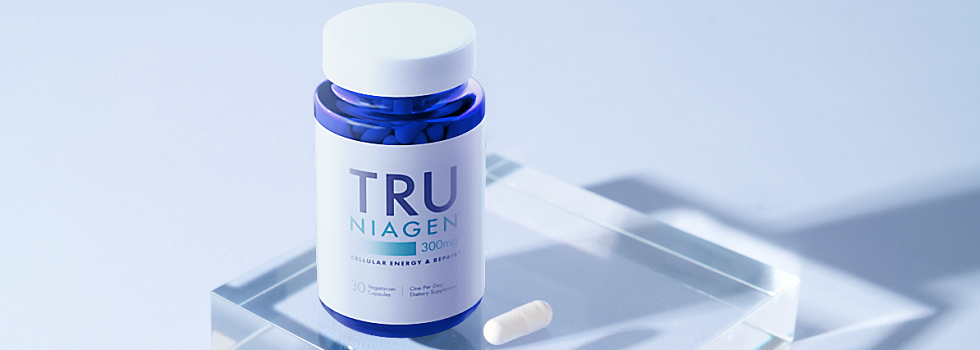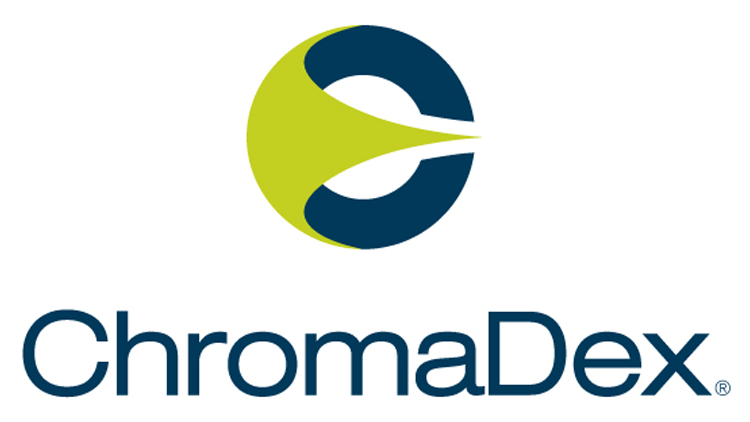Promotional Features
How to Stay Healthier for Longer with Niagen®
“Healthy aging” is the prime goal of all wellness-minded consumers around the globe. Consumers understand there is no mystical pill to renew youth – but there are ways to counter age-related problems, which leads to being infirm in elderly years.
The concept of promoting and maintaining healthy cellular function is gaining not only awareness but continued scientific proof. One of the by-products of physiological aging is a steady decline of NAD+ levels in the body.
According to the American Federation for Aging Research, one of the nine hallmarks of aging is cellular deterioration. As the human body ages, the vigorous replication of cells begins to slow, resulting in ever-escalating amounts of cells that are inert (no longer divide). The inert cells not only no longer perform their functions, they tend to secrete free radicals.
The Role of NAD+
Nicotinamide adenine dinucleotide (“NAD+”) is a coenzyme responsible for engaging important biological processes such as: converting food into energy, regulating circadian rhythm, repairing damaged DNA and supporting the defense mechanism of cells. NAD+ is essential for cellular energy production, and collaborates with coenzyme Q10 and several enzymes in the mitochondria to facilitate energy creation.
Each day, the body accumulates quadrillions of new mutations in its DNA, much of it from oxidative damage. NAD+-dependent enzyme poly (ADP-ribose) polymerases (PARPs) regulate the cellular response to metabolic and physiological stressors, preventing the accumulation of oxidative damage. Reduced levels of NAD+ impairs PARP function, which is essential for DNA repair and cellular defense.
Likewise, NAD+ is necessary to repair damage caused by environment, lifestyle factors (e.g., sleep disruption, excess sun exposure, excessive drinking, overeating, etc.) and metabolism. Cell damage can lead to cell cycle arrest, where duplication and division are placed on hold -- senescence. Senescent cells need to be repaired before they can reanimate. NAD+ enables cellular repair by activating sirtuins (NAD-dependent enzymes) which play an active role in cellular repair.
Further, research has linked the accelerated breakdown of NAD+ in the aging process to the curtailing of DNA repair and energy production. In fact, research shows that NAD+ levels tend to drop by up to 50% between the ages of 40 and 60.1
Therefore, raising – and sustaining – NAD+ levels may support healthy aging and reduce risk of conditions linked to metabolic stress. Providing the body with the materials it needs to increase production of NAD+ is a proven strategy – this is the primary task of nicotinamide riboside (NR).
Nicotinamide riboside (NR)
NR is a NAD+ precursor clinically proven to safely increase NAD+ levels in the body.
NR is naturally present in very small quantities in dairy milk and yeast. The recommended serving size is 300mg per day and since milk only has trace amounts, the best way to obtain NR is through an oral supplement.
The only patented form of NR is commercially known as Niagen® — it is the only one that has achieved regulatory acceptance as a food and dietary supplement ingredient. Niagen® has been successfully reviewed twice under the FDA’s New Dietary Ingredient Notification (NDIN) program. It’s also the only form of NR to be successfully notified to the FDA as Generally Recognized as Safe (GRAS).
Niagen® Research
Niagen® has been the subject of eleven published human clinical studies and over 200 research collaborations. These studies provide a broader and far more convincing foundation of scientific evidence for NR as the preferred cellular nutrient for elevating NAD+ levels.
An 8-week randomized, double-blind, placebo-controlled trial was conducted to evaluate NR’s NAD+ boosting ability in 140 overweight adults. Results showed that supplementing with 100, 300 or 1000 mg Niagen® dose-dependently and significantly increased whole blood NAD+ by 22%, 51% and 142% respectively. 3
Similarly, a randomized, placebo-controlled crossover study showed 500 mg Niagen® supplementation twice daily for 6 weeks effectively elevated NAD+ levels in a group of healthy middle-aged and older adults (aged 55 to 79). 4
In a randomized, placebo-controlled, double-blind, parallel-group trial researchers showed that 2000mg of daily Niagen® supplementation for 12 weeks is not only safe but increased NAD+ metabolites in 40 obese men aged 40 to 70.6
The effects of Niagen® on skeletal muscle were investigated in 12 marginally overweight older men who consumed 1000mg of Niagen® daily for 21 days in a randomized, double-blind, placebo-controlled crossover study. The researchers found that supplementing with Niagen® NR elevated human skeletal muscle nicotinic acid adenine dinucleotide (NAAD), which is a sensitive marker of heightened NAD+ metabolism. 7
The Superior NAD+ Precursor
Niagen® and nicotinamide mononucleotide (NMN) are two of the more well-known precursors. Comparing the two, Niagen® is the subject of eleven published clinical studies, whereas NMN has one. However, the sole study failed to adequately assess the effect of NMN supplementation on NAD+ levels or the safety of long-term use.
Niagen® has several key attributes for inclusion in dietary supplements and functional foods/beverages that NMN does not. For example, a search on Clinicaltrials.gov, and the World Health Organization (WHO) International Clinical Trials Registry shows that there are currently 40 ongoing clinical studies involving nicotinamide riboside versus only ten for NMN.
Although nicotinamide riboside and NMN are similar in molecular makeup, there is one significant difference – NMN possesses a phosphate group. This phosphate must be removed from NMN (when consumed as a dietary supplement)converting it into nicotinamide riboside before it can enter cells to generate NAD+. Hence supplementing with Niagen® provides a superior advantage than consuming NMN supplements.
Further, Niagen® has enviable global regulatory acceptance: the U.S. FDA, Therapeutic Goods Administration (AUS), Health Canada and European Commission, while NMN has none of these government validations.
As healthy aging becomes the common goal, the tools for ensuring steadily viable NAD+ levels will become more in demand. An effective and economical solution for healthy cellular aging is science-backed Niagen®.
Learn more about the science and benefits of Niagen® at truniagen.com or chromadex.com.
--------
References:
1 Massudi et al. “Age-associated changes in oxidative stress and NAD+ metabolism in human tissue” PLoS One 2012;7(7):e42357.2 Trammell, et al. “Nicotinamide riboside is uniquely and orally bioavailable in mice and humans” Nat Commun 2016 Oct 10;7:12948.3 Conze, et al. “Safety and Metabolism of Long-term Administration of NIAGEN (Nicotinamide Riboside Chloride) in a Randomized, Double-Blind, Placebo-controlled Clinical Trial of Healthy Overweight Adults” Sci Rep 9, 9772 (2019). 4 Martens et al. “Chronic nicotinamide riboside supplementation is well-tolerated and elevates NAD+ in healthy middle-aged and older adults” Nat Comm 9, Article number: 1286 (2018)5 Airhart, et al. “An open-label, non-randomized study of the pharmacokinetics of the nutritional supplement nicotinamide riboside (NR) and its effects on blood NAD+ levels in healthy volunteers” PLoS One 2017 https://doi.org/10.1371/journal.pone.01864596 Dollerup, et al. “A randomized, placebo-controlled clinical trial of nicotinamide riboside in obese men: safety, insulin-sensitivity ,and lipid-mobilizing effects” Am J Clin Nut, 108 2 2018 343-3537 Elhassan, et al. “Nicotinamide Riboside Augments the Aged Human Skeletal Muscle NAD+ Metabolome and Induces Transcriptomic and Anti-inflammatory signatures” Cell Reports Vol 28, #7 (2019) 1717-1728
